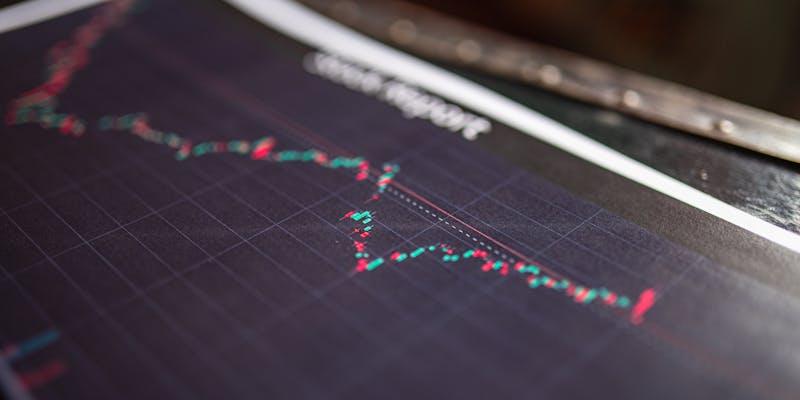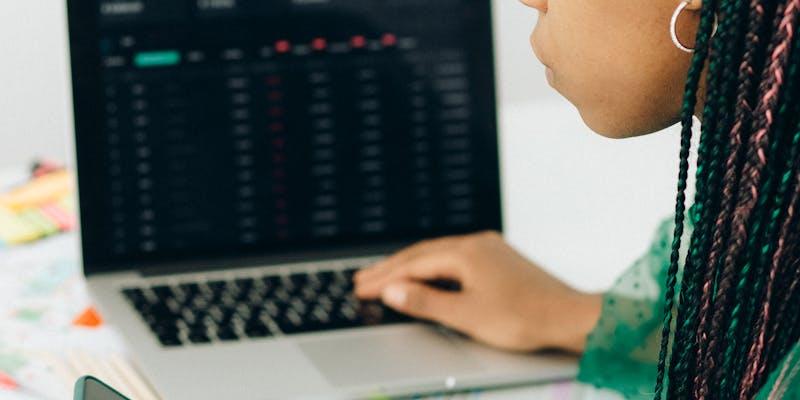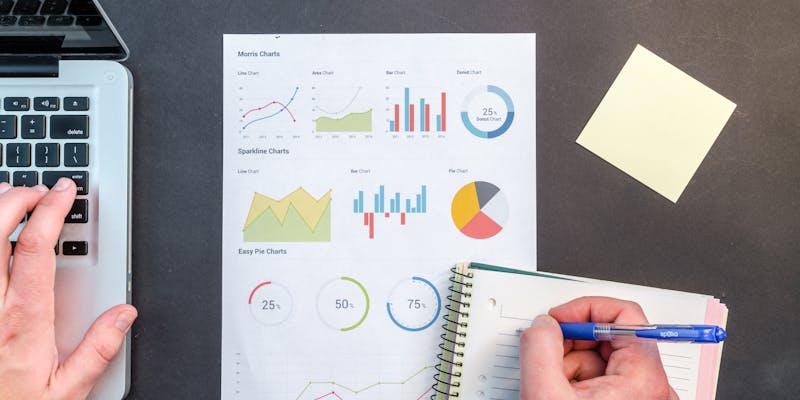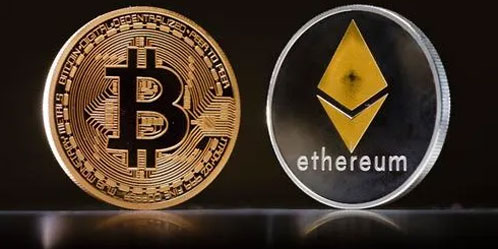Open vs Closed Positions in Forex Trading: What You Should Know
Sep 20, 2024 By Vicky Louisa
Foreign exchange (Forex) markets trade the world's currencies 24/7. Forex is tempting to traders who seek to profit from foreign exchange rate changes since it's flexible and stable. However, in this fast-paced industry, it is essential to learn basic trading principles and forex terms like "open" and "closed" accounts.
All Forex traders must understand how opening and closing an account affects their market exposure and profit or loss. This article will explain open and closed-packed positions alongside their pros and cons.
Close Position

From both open and closed packed positions, lets talk about closed positions first. According to the forex terminology, the close position is usually the part there to end a deal that is still going on by starting a countertrade. You have to sell an object to close a long situation that you opened when you bought it. But if you were short on an asset and want to close your trade, you have to buy it back. This step finishes the deal and changes the amount in your trade account. It also locks in any wins or losses.
Closed Position Example
The price of Microsoft stock (MSFT) is $250 per share right now, and a trader opens a long bet on it. Two days later, an investor ends their account when the stock price hits $255, thinking it's time to try to make money. The seller will get $5 back for every share they bought by doing this.
This example will be explained in steps:
For example, the trader may anticipate a rise in Microsoft stock after the announcement of a new product. This gives them a chance to make money from the cost of MSFT shares possibly. Following this, the trader opens a long position on their platform. That is, they anticipate a price increase and then purchase cheap and sell high. When the trader's target share price is reached, say, $255, the trader closes the contract and gets any gains that could be profitable.
Pros
- Achieves target profit: To make the profit you want, traders often set profit goals based on the study they do. When the product hits the goal price, it stops the trade to make a profit.
- Limits losses: Leasing a product when its price doesn't go as planned can help a trader avoid more losses. Stop-loss orders are usually used for this.
- Market analysis: Trading people may be inspired to sell their stocks if new information or thoughts show that the market is moving differently.
- Manages risk: Position ending can be used to manage risk, rebalance a portfolio, lower exposure to certain assets, or maintain a diverse investment strategy.
- Contract expiration: Positions are closed when the end date of a derivative contract, like an option or futures contract, approaches.
Cons
If the asset's value drops after you open a long position, you'll end up losing money when you finish the trade. This same idea applies to the sell position as well. You may lock in a profit on a trade by closing your position at a cheaper price. A negative trading result will be recorded for a short position that is closed at an increased price.
Open Position

According to the forex terminology, an"open position" in the market is made when a trade is started. Before an equal and opposite deal, which is also called a "close position," is made, or until an option or futures contract ends, this position stays open. Until you decide to end the trade, changes in the price of a financial object could make or lose you money as long as you have a contract on it. A post, job, or situation like this is called "open," according to the forex terms.
Example of Open Position
CFDs allow stock trading. With $100 per share, Company ABC is decently priced and likely to grow. This implies you create a CFD account and purchase 100 ABC shares. This is also usually called "going long."
CFDs let you wager on future price fluctuations of a base asset without owning or buying it. Your open buy CFD position makes money if ABC's stock price rises and loses money if it falls. Suppose Company ABC's stock price increases to $120. Your CFD buy may net you $20 per share or $2,000. Also, because each stock was valued at $10 less than $90, you lost $1,000 when you stopped the deal.
Pros
- Potential gains: The biggest benefit of leaving options open is that you might make money when big changes happen in the market. You might benefit from big price changes if you hold on to a stock for a long time.
- Trading timing Flexibility: People who have open positions in the market may be able to enter or exit at any time. Traders can wait calmly for the best market conditions because they don't have to make quick choices due to their freedom.
- Tax efficiency: If you keep your options open instead of dealing a lot, you may save money on taxes in some countries. It is usually better for average buyers to pay less capital gains tax on long-term gains than on short-term gains tax rates.
Cons
- Psychological pressures: This is especially true if the investor is losing money on an open account. Emotional decisions could affect how these stocks are managed, leading to poor buying results.
- Exposure to overnight risk: Trading may stop for the weekend or overnight, but market conditions may change a lot during those times. Momentum changes, like economic reports or geopolitical events, can make prices very different when the market reopens, which can affect open positions.
- Margin requirements: For open positions, especially leveraged situations, a portion of the total contract value must be given as margin. Should the deal go against you, you could get "margin calls" asking you to put down more money, or the account could be closed off forcibly at a loss.
Bottom Line
To conduct trades, analyze risk, and succeed in Forex trading, everyone should learn the difference between open and closed packed positions, which is the main Forex terminology. A transaction closes with profits or losses. Any deal that exposes the seller to market fluctuations is an "open position." Furthermore, understanding forex terms alongside risk management tactics like take-profit and stop-loss orders may help forex traders feel more in control.
-
 FinTech Sep 08, 2024
FinTech Sep 08, 2024Boost Revenue with Sales Automation Tools: A Guide for Businesses
From managing leads to following up, sales automation tools make the whole process easier, increasing speed and cutting down on manual work.
-
 FinTech Sep 22, 2024
FinTech Sep 22, 2024Ola Electric: SoftBank-Backed Indian EV Startup's $4.8B Debut
SoftBank-funded Indian EV firm Ola Electric grew 20% on its first day, achieving a total net worth of almost $4.8 billion.
-
 FinTech Oct 24, 2024
FinTech Oct 24, 2024Revolut's New Banking Era: What the License Means for Digital Banking
UK fintech firm Revolut secures its European banking license, allowing it to expand services across Europe. Discover how this milestone reshapes the company's future in digital banking
-
 Currency Jan 13, 2024
Currency Jan 13, 2024Help you understand crypto assets
First introduce how the ownership and control power of crypto assets changes, the essence and transaction principle of crypto assets, and then introduce the characteristics of Bitcoin, which is a digital currency system, and finally describe the role of nodes in this system.
